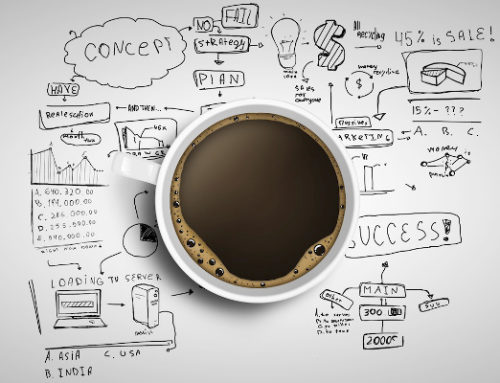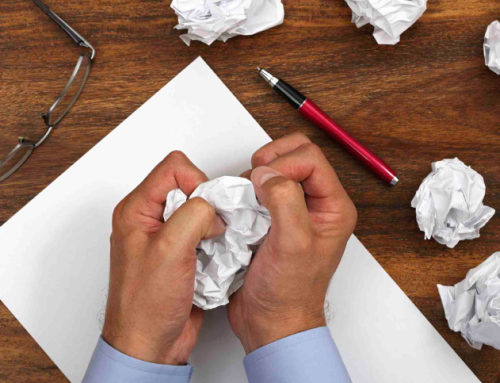 Why is it important to plan a document, report or email before you write it?
Why is it important to plan a document, report or email before you write it?
It’s important to know before you start why you are writing the document. You want your document to be concise, clear and readable. You need to decide what behaviours and attitudes you hope to obtain from your reader.
Decide who your reader is and what their needs are. If you can clarify all this before you start your document, you will find the document flows more easily, padding will be reduced and you will focus on your reader with more ease.
The purpose of the document is what you hope to achieve through the document. When you have defined your purpose, you can then gather the relevant facts you need. Ensure your facts are accurate. They will help you develop your ideas more fully.
Getting started on a document is often the hardest part, but if you plan it well you will find the starting easier. You will find you have more confidence and less confusion if you plan first.
The behaviours you wish to engender in your reader need to be considered and put clearly. For example:
- adoption of your recommendations
- acceptance of your proposal
- granting of the funding for your new project
Attitude works two ways. Ensure your attitude at the time of writing does not colour the document, especially if you are angry. Also, what attitude do you hope the reader will have upon reading the document? Will this elicit the required response and behaviour you are wanting?
For example, if you want recommendations adopted, you would want to engender a feeling of confidence and enthusiasm. If you are seeking to satisfy a client who has made a complaint, you would want to convey empathy as well as encouraging satisfaction that the problem has been resolved.
Of course, no document must be all about you, the writer. You will be more effective if you think of the reader’s needs and how you can achieve a positive outcome for them as well as you.
Some needs are common to all readers. For example, they need to understand your document and what you are seeking. Some needs are about the individual reader. It may be important for them to feel recognised for helping you, or gaining some benefit from responding positively to you.
There are some useful methods to help you gather your thoughts and the facts that you need. One very helpful method is Mind Mapping. This uses your whole brain – the right for conceptual thinking and the left for analytical thinking. Mind Mapping can use colours and images as well as keywords. It also helps you sort information and place it in an appropriate sequence.
It is worth checking out the various Mind Mapping software applications that are available. Alternatively, you can attend courses about Mind Mapping. A writing course should also contain a Mind Mapping component.
Structure is also important. This involves how you group and rank the information you have. Ask yourself what is most important and make this the beginning of your document. This gives it emphasis. You can list the rest of the information you have gathered according to its level of importance and continue your document.
Start each paragraph with the topic of that paragraph ensuring you only have one topic per paragraph.
Although brevity is very important, do not sacrifice clarity. You want your reader to understand exactly what you are asking of them.
Planning also helps you with the layout of your document. Ensure there is sufficient whitespace. This helps your reader read quickly and understand what they are reading. Also, make use of bullet points, tables, charts and graphs where appropriate.
In short, with effective planning you write in a more targeted way with better structure and layout. Planning doesn’t cost you time, in fact it saves you time as you will require fewer re-writes.
So remember planning is power.




